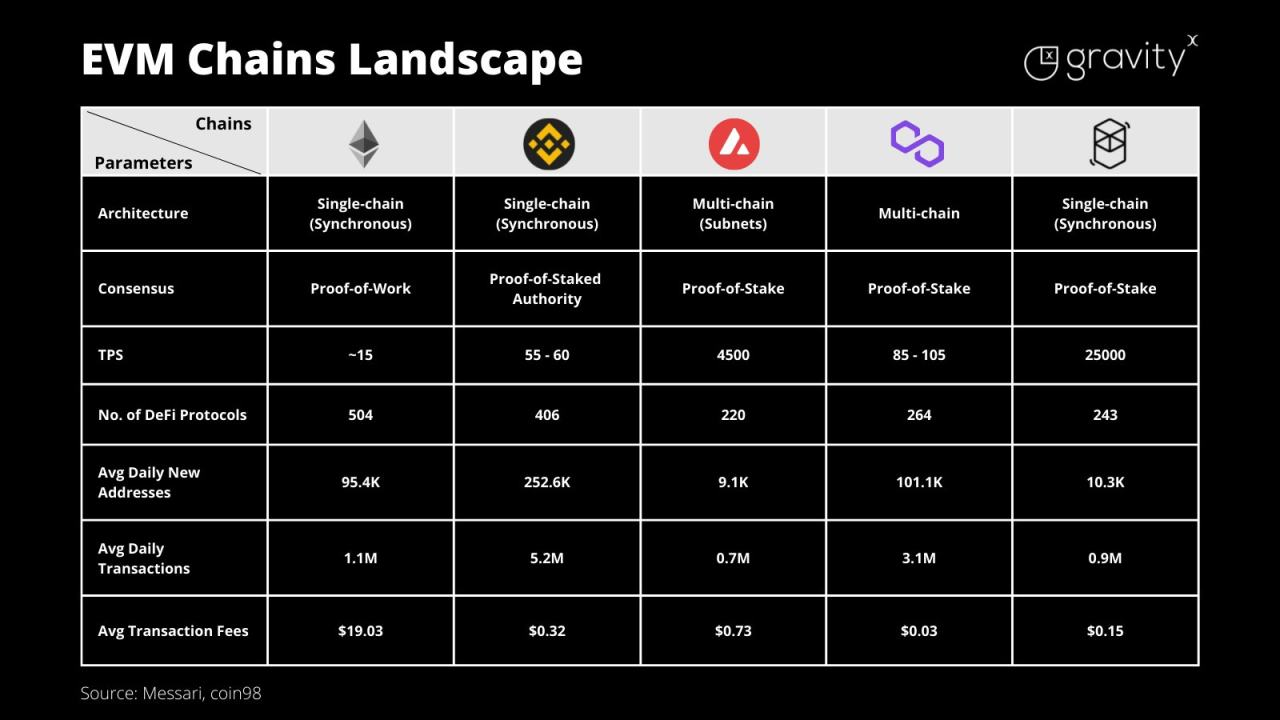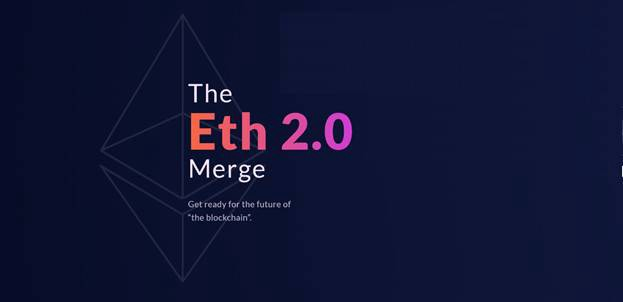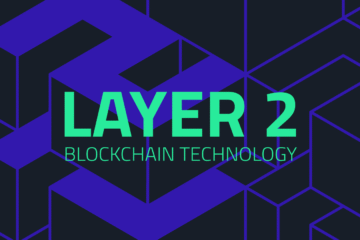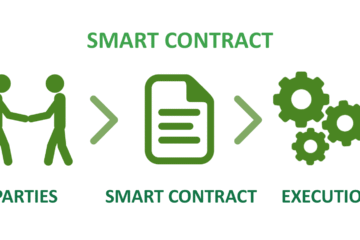Beginner’s Guide: What Is a Public Blockchain?

Background
In the Web2 world, operating systems like Windows or iOS provide the foundation for software development and application ecosystems. Similarly, public blockchains serve as the critical infrastructure for Web3, acting as the underlying architecture for this new digital era.
This article explores what public blockchains are, their value, the current state of their development, and potential future trends.

What Is a Public Blockchain?
Based on how access to ledger recording rights is granted, blockchains are categorized into public blockchains, private blockchains, and consortium blockchains.
A public blockchain is the most common form, open to everyone worldwide, where anyone can join as a node. Examples include Bitcoin and Ethereum.
Private blockchains are restricted to internal organizational use, limiting recording rights to specific entities.
Consortium blockchains grant recording rights to select organizations or institutions.
Public blockchains embody the core blockchain traits: decentralization, security, and open-source design.
As public platforms, they offer a suite of technical tools—smart contracts, algorithms, consensus mechanisms—that enable projects to build their own applications on top of them.
Public blockchains are the vanguard of the Web3 application ecosystem, shaping its development and progress.
What Are the Key Features of Public Blockchains?
Infrastructure for New Settlement Systems
Thanks to their security and superior transaction efficiency compared to traditional methods, public blockchains serve as the foundation for creating mechanisms for distributing economic incentives.
In Web3, economic incentives, often in the form of token systems, are a key driver for building decentralized communities.
Unlike Web2 products, which rely on heavy subsidies or massive marketing budgets to kickstart network effects, Web3 leverages token models to accelerate launches and attract users through economic incentives.
Public blockchains use consensus mechanisms, smart contracts, and governance voting to establish a complete system for token issuance, incentives, and distribution, enabling a global settlement framework.
Automation, Transparency, and Efficiency for Self-Governance
Public blockchains provide tools like smart contracts, algorithms, and consensus mechanisms to enable foundational functions like ownership verification and transparent management, fostering community self-governance.
Smart contracts’ tamper-proof and efficient execution allows organizations to operate more effectively.
These contracts are automatically executed, and their code ensures fairness, partially replacing the role of high-level management in traditional companies.
Once decision-making mechanisms are established, execution is swift, helping organizations overcome inefficiencies caused by scale and reducing management complexity.

The Public Blockchain Landscape
A Dominant Leader with Strong Contenders
The Web3 public blockchain ecosystem currently follows a “one superpower, many strong players” structure, with Ethereum as the dominant leader. Its pioneering vision and first-mover advantage have built a robust ecosystem, giving it a significant lead.
Beyond Ethereum, other public blockchains fall into two categories:
- EVM-Compatible Chains: Before Ethereum’s upgrades, it faced high gas fees and slow transaction speeds. Some developers created Ethereum-compatible chains to address these issues.
EVM compatibility allows these chains to quickly adopt Ethereum’s applications and developer ecosystem, enabling zero-cost migration for developers and rapid ecosystem expansion. Leveraging Ethereum’s thriving DeFi ecosystem, these chains attract crypto assets to boost their value.
For example, Binance’s BNB Chain efficiently reuses Ethereum’s ecosystem while adding Binance’s own ecosystem, high speed, and low fees to capture market share. - Non-EVM-Compatible Chains: Examples include Solana, which uses a Proof-of-History (PoH) consensus mechanism to process 65,000 transactions per second, though at the cost of some decentralization. Polkadot aims to connect different blockchain ecosystems for cross-chain communication. Newer chains like Aptos and Sui, built on advanced technology, are also emerging.

Ethereum
Ethereum was born out of Bitcoin’s lack of programmability. Vitalik Buterin proposed “Bitcoin 2.0,” enabling developers to build decentralized applications (DApps) on its blockchain.
The Ethereum Virtual Machine (EVM), a Turing-complete virtual machine, is the backbone of Ethereum’s transaction execution, serving as the environment for smart contracts—a major leap from Bitcoin.
When miners receive transaction code, they run it on their local EVM copy. If executed successfully, the result is added to their local block.
At EthCC on July 21, 2022, Vitalik announced Ethereum’s future roadmap, outlining five upgrade phases. “The Merge,” completed around September 15, 2022, transitioned Ethereum from Proof-of-Work (PoW) to Proof-of-Stake (PoS), laying the groundwork for future sharding and scalability improvements.
For more details, check out our previous article: Ethereum 2.0 Explained and Discussed | WTR 8.5.
New Public Blockchains
Blockchains face the “impossible triangle”: balancing security, decentralization, and scalability.
Through technological innovation, new public blockchains offer solutions to address these trade-offs, striving to achieve all three.
Notable new chains include Meta-backed projects like Aptos, Layer 2 chains like zkSync, privacy-focused chains like Aleo, and modular blockchains like Celestia.
These chains prioritize high performance, scalability, EVM compatibility, and privacy protection, with numerous technical innovations. However, most lack mature ecosystems, and their network performance and user adoption remain to be seen.
The Future of Public Blockchains
Public blockchains are still in their early stages.
Their development is critical to Web3’s progress. If Bitcoin is 80% complete, Ethereum is roughly 55% complete, and its upstream ecosystem is even less developed.
To achieve widespread Web3 adoption, public blockchains and underlying technologies must mature first, enabling robust upper-layer applications and lowering entry barriers for users.
Future Trends
We anticipate a multi-player landscape in the future.
Public blockchains won’t be overly fragmented due to their role in setting industry standards, which inherently favors scale and network effects. From an economic perspective, token holders share aligned interests, preferring projects with strong, predictable growth.
However, open-source code lowers development costs, reducing technical and institutional barriers. Anyone with the capability can build their own blockchain. Additionally, forking—a key embodiment of Web3’s decentralized ethos—allows dissatisfied users to replicate a new chain to preserve the original consensus if they disagree with a chain’s decisions.
Ethereum remains in its early stages, with upgrades and scaling as long-term processes. This window creates









